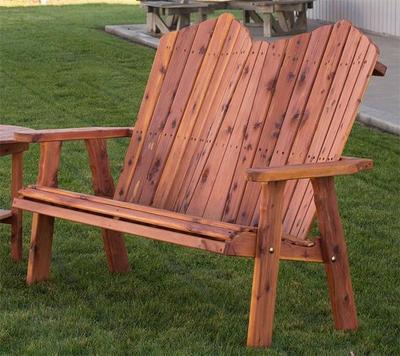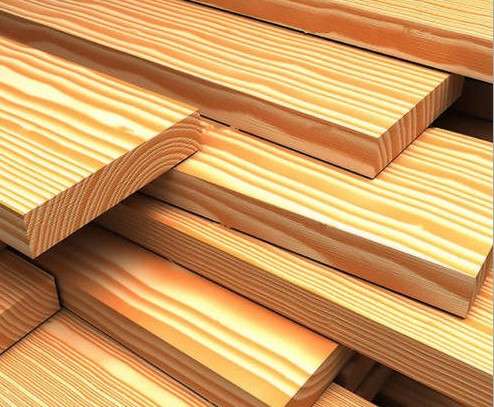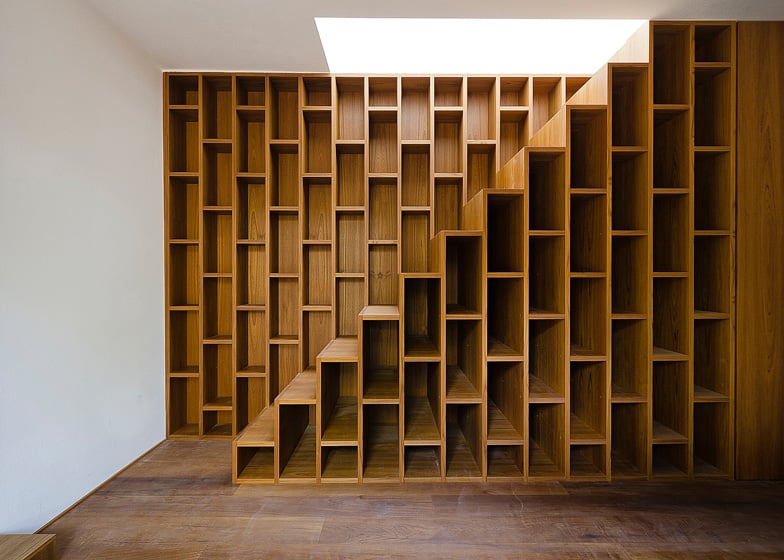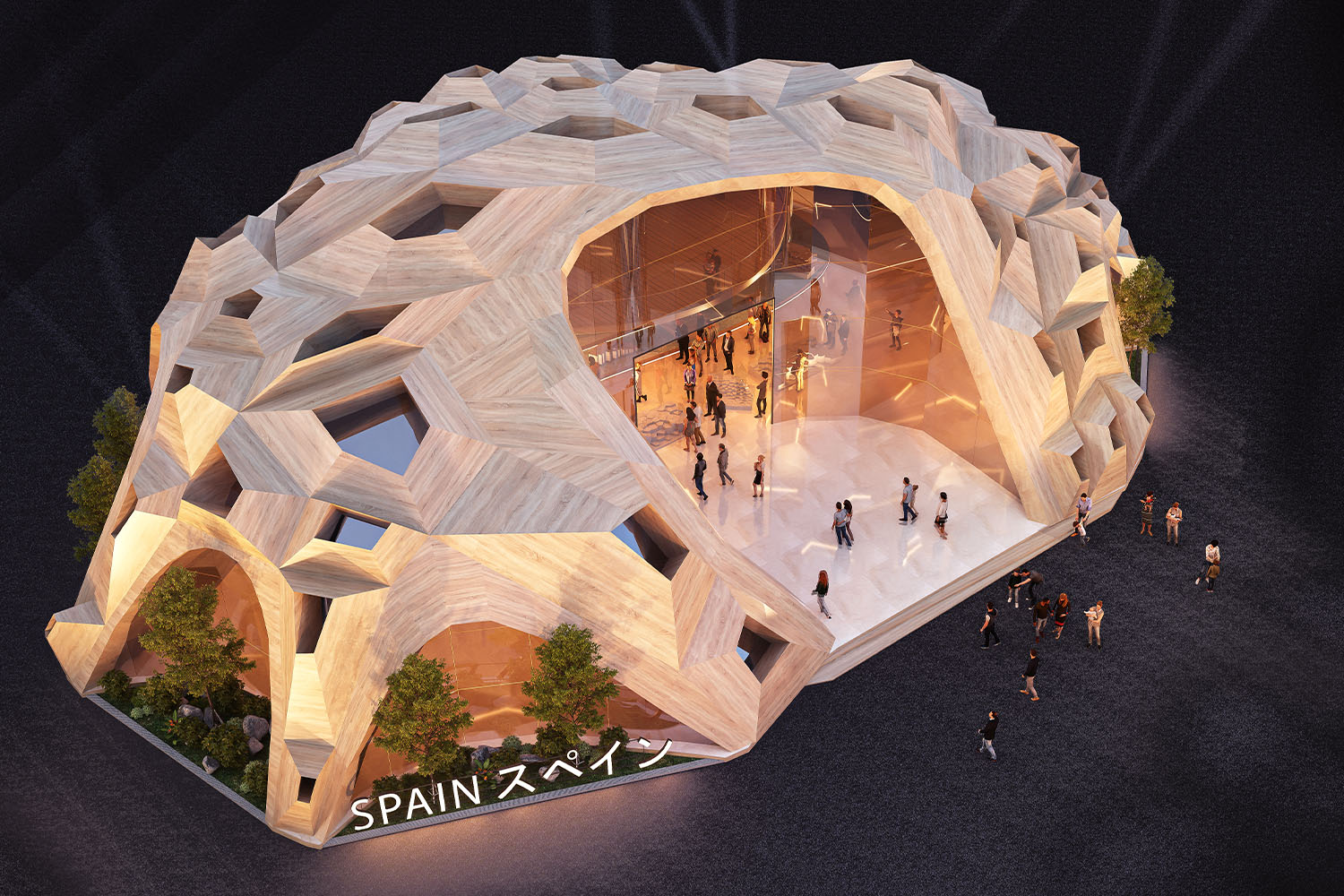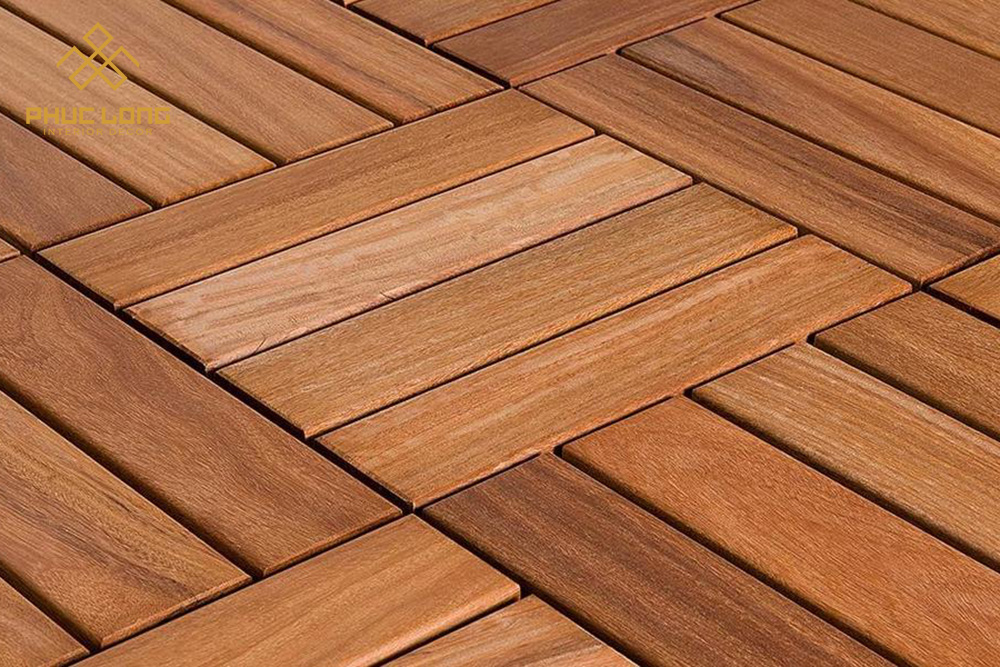Pine wood is quickly becoming one of the most sought-after materials in industries like furniture production and construction. Its combination of natural beauty, sustainability, and durability makes it the perfect choice for those looking to build a greener future. In this article, we’ll explore seven amazing reasons why pine wood is a top choice for eco-conscious consumers and designers alike.
1. Pine Wood’s Fast Growth Rate: A Renewable Resource
One of the key advantages of pine wood is the incredibly fast growth rate of pine trees. They are capable of reaching heights of 20 to 40 meters within just a few decades, making them an abundant and renewable resource. This rapid growth helps reduce the demand for slower-growing hardwood trees, which are often harvested at unsustainable rates.
How This Helps the Environment:
By using fast-growing pine wood, we lessen the pressure on natural forests, promoting more sustainable forestry practices. This ensures a steady supply of wood for furniture, construction, and other applications while supporting global efforts to curb deforestation.
2. Unique and Captivating Wood Grain
Pine wood is renowned for its distinct wood grain patterns, which can range from light tones to warm golden hues. The natural beauty of pinus creates a rustic yet captivating aesthetic, which makes it a popular choice for furniture and interior design.
Why Designers Love Pine Wood:
The unique grain of pine wood lends a charming, natural appeal to furniture pieces, making them easy to blend with various interior styles. Whether you’re aiming for a modern, minimalist look or a more traditional, cozy feel, pinus effortlessly fits into any home décor.
3. Natural Resistance to Insects and Weather
Did you know that pinus contains natural resins that protect it from insect infestations? This feature, particularly useful in preventing termite damage, makes pinus a reliable material for both indoor and outdoor use. Not only does this natural protection reduce the need for harmful chemical treatments, but it also ensures that pinus products maintain their durability over time.
Perfect for Outdoor Furniture:
Thanks to its weather resistance, pine wood is an excellent choice for outdoor furniture. Its ability to withstand humidity and temperature fluctuations means it can handle diverse climates without warping or cracking.
4. Lightweight and Easy to Process
One of the reasons why pine wood is a favorite among manufacturers is its lightweight nature and ease of processing. The soft texture of pine trees allows for easy cutting, shaping, and joining, which reduces both production and transportation costs.
Economic Benefits:
For furniture makers and builders, pine trees offers an affordable yet high-quality option. Its ease of processing means faster production times and fewer resources spent on transportation, making it a cost-effective solution for large-scale projects.
5. Pleasant Natural Fragrance
Imagine opening a wardrobe made from pinus and being greeted by a pleasant, natural fragrance. That’s one of the many surprising benefits of pine trees—it emits a light, refreshing scent that helps create a sense of calm and relaxation. Many pinus wardrobes and closets also leverage this fragrance to keep clothes smelling fresh and free from unpleasant odors.
Health Benefits of Pine Wood:
In addition to its pleasant scent, pine trees is free from toxic chemicals that are sometimes found in treated or synthetic materials. This makes it a safe, eco-friendly option for your home, especially in spaces where children or pets might be exposed.
6. Eco-Friendly and Sustainable
If you’re looking for a sustainable material that contributes to environmental protection, pinus is an excellent choice. Because of their fast-growing nature and strong regeneration abilities, pine trees can be harvested sustainably without threatening natural ecosystems. In fact, many pine plantations are managed with the goal of protecting biodiversity and restoring degraded land.
Why Pine Wood is Green:
Using pinus for furniture and construction helps reduce our reliance on non-renewable resources, contributing to a more sustainable, circular economy. Plus, the minimal processing required for pine tree reduces carbon emissions, making it a greener option for eco-conscious consumers.
7. Pine Wood’s Versatility in Design and Construction
From its use in furniture to its role in construction, pine wood proves to be one of the most versatile materials available. Whether you’re designing rustic, contemporary, or industrial-style furniture, pinus can be easily adapted to fit your needs.
Common Applications of Pine Wood:
- Furniture Production: Tables, chairs, beds, and wardrobes made from pine wood offer both beauty and durability.
- Construction: Pine wood is often used in framing, flooring, and even exterior structures due to its strength and resilience.
- DIY Projects: For DIY enthusiasts, pine wood is a dream material because of its workability, making it perfect for crafting and small-scale home improvement projects.
Conclusion: Pine Wood – The Sustainable Choice for Your Home
Choosing pine wood for your furniture, construction, or DIY projects not only guarantees a beautiful, durable product but also supports sustainable forestry and eco-friendly practices. Its fast growth rate, insect resistance, lightweight nature, and pleasing aesthetic make pine wood an unmatched material in today’s market.
Whether you’re seeking to furnish your home with natural beauty or embark on a construction project with a focus on sustainability, pine wood is undoubtedly the perfect choice. It’s more than just a material; it’s a solution for a greener, more eco-conscious future.
You can read more articles by visiting our blog here.



